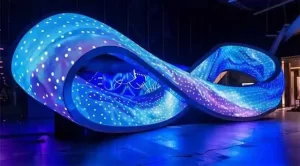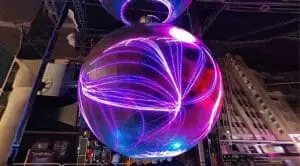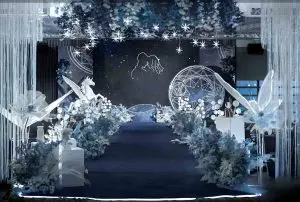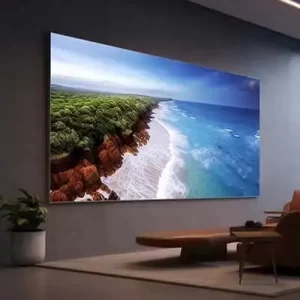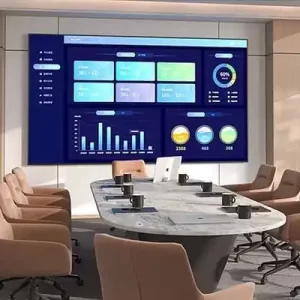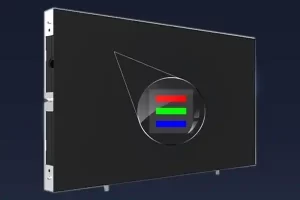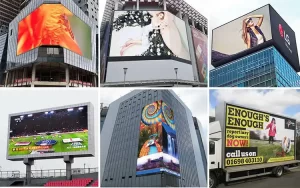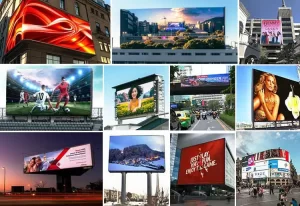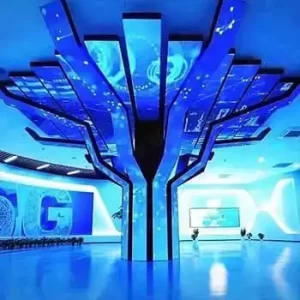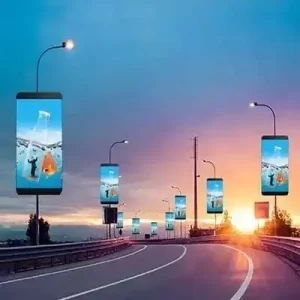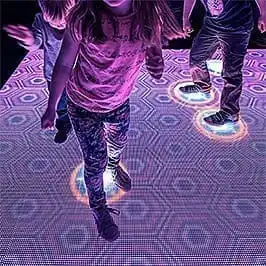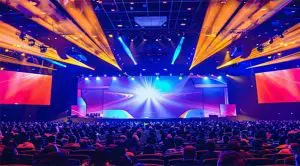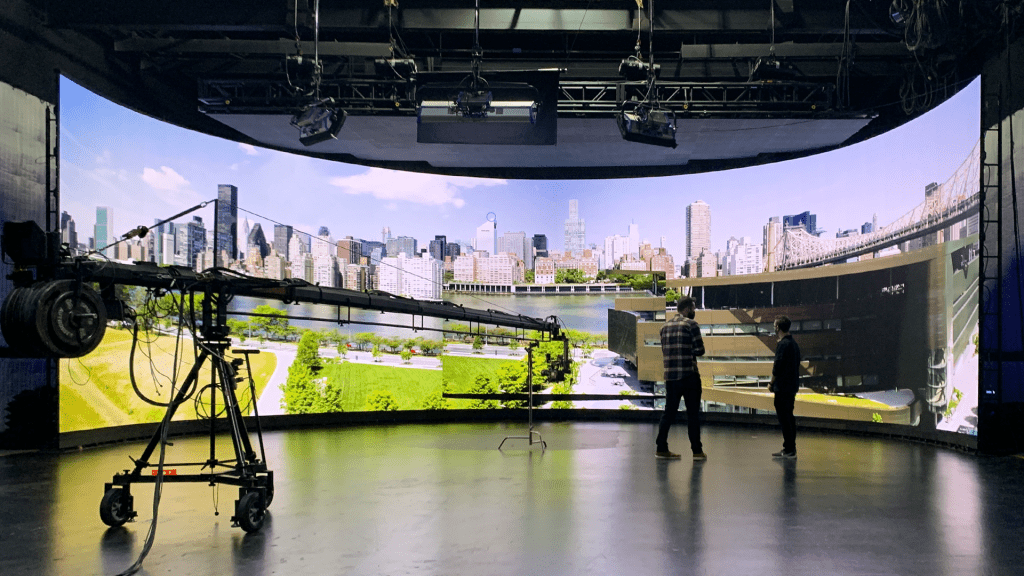
Choosing the right LED screen supplier is crucial for ensuring high-quality, reliable, and cost-effective digital display solutions. Whether you need indoor or outdoor LED screens, a trusted supplier can deliver tailored options for advertising, events, retail, and more. This article explores everything you need to know about selecting the best LED screen supplier, including the benefits, types of screens, and key factors to consider.
Why You Need a Reliable LED Screen Supplier
A dependable supplier ensures that your digital displays meet your specific requirements in terms of size, resolution, and performance. Here’s why working with a trusted supplier matters:
- Custom Solutions: Get tailored LED screens designed to fit your unique needs, from small indoor displays to large outdoor video walls.
- Durable Products: Quality suppliers use high-grade components that ensure durability and long-term performance.
- Cost Efficiency: Reduce costs with scalable, energy-efficient LED panels that save money over time.
- Comprehensive Support: Reliable suppliers offer installation guidance, maintenance services, and technical support.
- Wide Applications: Access LED screens for advertising, events, retail, architecture, and even outdoor public spaces.
LED ekranų taikymas
LED screens are versatile and can be used in various industries and scenarios. Here are some key applications:
1. Reklama ir rinkodara
- Use LED billboards and digital signage to display eye-catching advertisements in high-traffic areas.
- Perfect for outdoor advertising, thanks to weatherproof designs and high brightness.
2. Retail and Hospitality
- Install LED displays in storefronts to attract customers or showcase promotions.
- Use interactive LED screens in hotels, restaurants, and malls for wayfinding or customer engagement.
3. Events and Entertainment
- LED video walls are ideal for concerts, trade shows, and exhibitions, providing immersive visual experiences.
- Flexible LED screens can create curved or creative stage backdrops.
4. Architecture and Design
- Integrate LED panels into building facades, ceilings, or floors for modern and innovative designs.
- Transparent LED screens are perfect for glass-heavy structures, blending seamlessly with architecture.
5. Outdoor Public Spaces
- Use large LED displays for stadiums, transportation hubs, and city centers to share information or advertisements.
6. Churches and Worship Spaces
- LED screens enhance worship services with clear visuals for sermon points, song lyrics, and live streams.
Types of LED Screens Offered by Suppliers
| Tipas | Aprašymas |
|---|---|
| Vidiniai LED ekranai | High-resolution displays for close viewing in retail, events, or offices. |
| Lauko LED ekranai | Weatherproof and ultra-bright screens for outdoor advertising and events. |
| Skaidrūs LED ekranai | Semi-transparent panels ideal for glass walls and modern architectural designs. |
| Flexible LED Screens | Bendable panels that can form curved or cylindrical shapes. |
| LED vaizdo sienos | Seamless modular screens for large-scale visuals, perfect for events. |
| Interactive LED Screens | Touch-enabled displays for interactive applications in retail or exhibitions. |
How to Choose the Right LED Screen Supplier
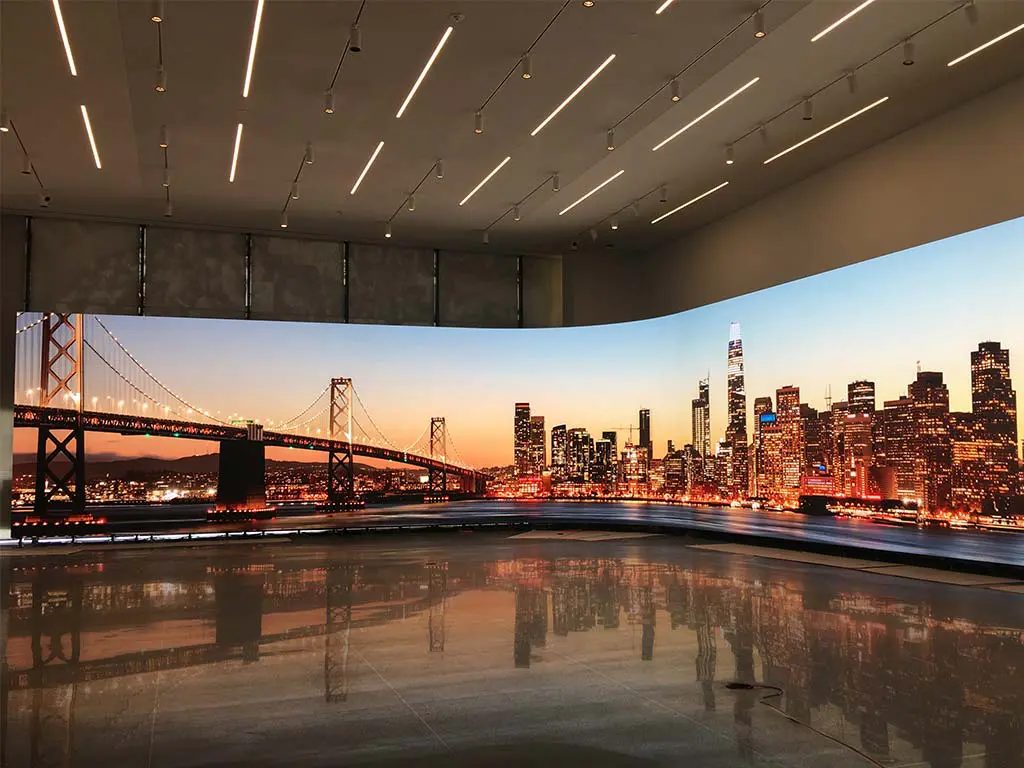
Here are the key factors to consider when selecting a supplier for your LED screen needs:
1. Experience and Reputation
- Look for a supplier with a proven track record and positive customer reviews.
- Check their portfolio to see past projects and industries they’ve served.
2. Product Range
- A good supplier offers a wide variety of LED screens, including indoor, outdoor, flexible, and transparent options.
3. Tinkinimo parinktys
- Ensure the supplier can provide tailored solutions to fit your specific requirements, such as size, pixel pitch, and design.
4. Quality and Certifications
- Verify that their products meet global quality standards like ISO, CE, FCC, and RoHS certifications.
5. Technical Support and Maintenance
- Opt for suppliers who offer post-purchase support, including installation, troubleshooting, and regular maintenance.
6. Pricing and Value
- Compare quotes from multiple suppliers to find the best balance of quality and affordability.
- Be cautious of overly cheap options that may compromise on durability or performance.
Benefits of Working with a Trusted LED Display Suppliers
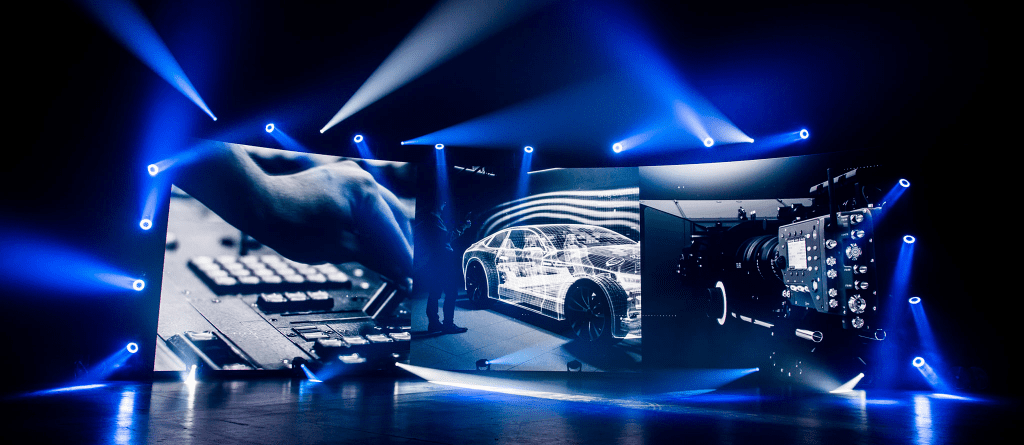
- High-Quality Displays: Get vibrant, sharp visuals with durable components that withstand long-term use.
- Sklandi integracija: Tailored screens fit perfectly into your space, whether it’s for advertising or architectural purposes.
- Advanced Technology: Access features like high refresh rates, energy efficiency, and modular designs for easy upgrades.
- Cost Savings: Reduce operating costs with energy-efficient panels and reusable digital content.
- Reliability: Enjoy peace of mind with warranties, maintenance plans, and expert support.
Cost of LED Screens
The cost of LED screens depends on factors like pixel pitch, size, and type of installation. Here’s a general breakdown:
1. Kvadratinio metro kaina
| Pikselių žingsnis | Rekomenduojamas naudojimas | Apskaičiuota kaina už m² |
|---|---|---|
| P0,6–P2,5 | Didelės raiškos ekranai patalpose | $1 500–$3 000 |
| P3–P6 | Vidutinio atstumo stebėjimas | $1 200–$1 500 |
| P8–P10+ | Outdoor large-scale displays | $600–$1 000 |
2. Pavyzdinės sąmatos
| Ekrano dydis | Naudojimo atvejis | Numatoma kaina |
|---|---|---|
| 10 m² (5 x 2 m) | Small indoor display | $10 000–$20 000 |
| 20 m² (10 x 2 m) | Medium-sized outdoor screen | $20 000–$40 000 |
| 50 m² (10 x 5 m) | Large video wall | $50 000–$105 000 |
3. Papildomos išlaidos
- Steel Structures: $5,000–$20,000 for mounting systems.
- Įrengimas$5 000–$30 000, priklausomai nuo sudėtingumo.
- Content Management Systems: $2 000–$10 000 programinės ir aparatinės įrangos diegimui.
- Priežiūra: Annual costs are typically 5%–10% of the screen’s total cost.









